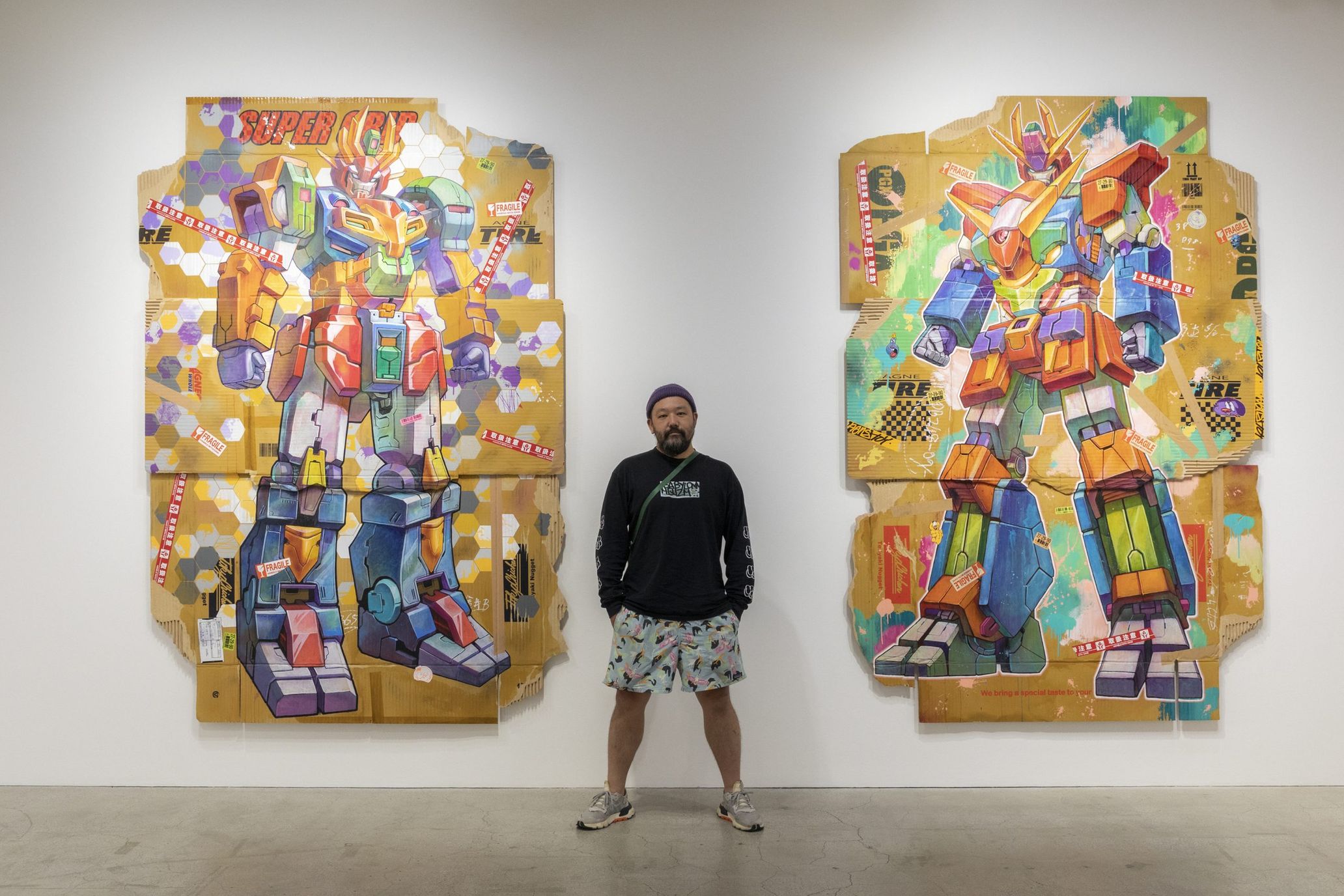
TENGAone
TENGAone is a Tokyo-based street artist born in 1977. The artist’s name is derived from his realization that painting (GA:画) is his vocation or a gift from heaven(TEN:天). At the age of 14, he began working on graffiti using spray paint. After working as a graphic designer for an apparel brand and for a web design company, he officially started his career as an artist in 2007. His work includes street graffiti, giant murals for commercial and public buildings, sculpture, and graphic design. In May 2018, he participated in Beyond The Streets (Los Angeles), one of the most major street art exhibitions and showed a collaborative piece with Takashi Murakami, MADSAKI, Snipe 1, and ONEZKER. In September 2018, he held a solo exhibition, Blind Spot -blind spot-.
Instagram:@tengaone
TENGAone, an artist who started graffiti at the age of 14 and has recently been attracting attention for his series of cardboard-like sculptural paintings works using MDF wooden boards, held his first solo exhibition in four years, More Than Meets The Eye, at Kaikai Kiki Gallery from September 30 to October 22.
The title of the exhibition, “More Than Meets The Eye,” means “there is something deeper/more hidden than one can see.” Regarding the intention and context of the phrase, the artist says that his own experience of immersing himself in street culture, such as graffiti, made him realize how people’s consciousness is only focused on the surface level and how they miss various aspects of reality of everyday life due to their assumptions, which inspired the idea for “carved imitation-cardboard” works.
TENGAone, who says he wants to “entertain the viewers” and “change the ways the view of the world,” looks back on his past artistic practices and talks about the intention behind his works.
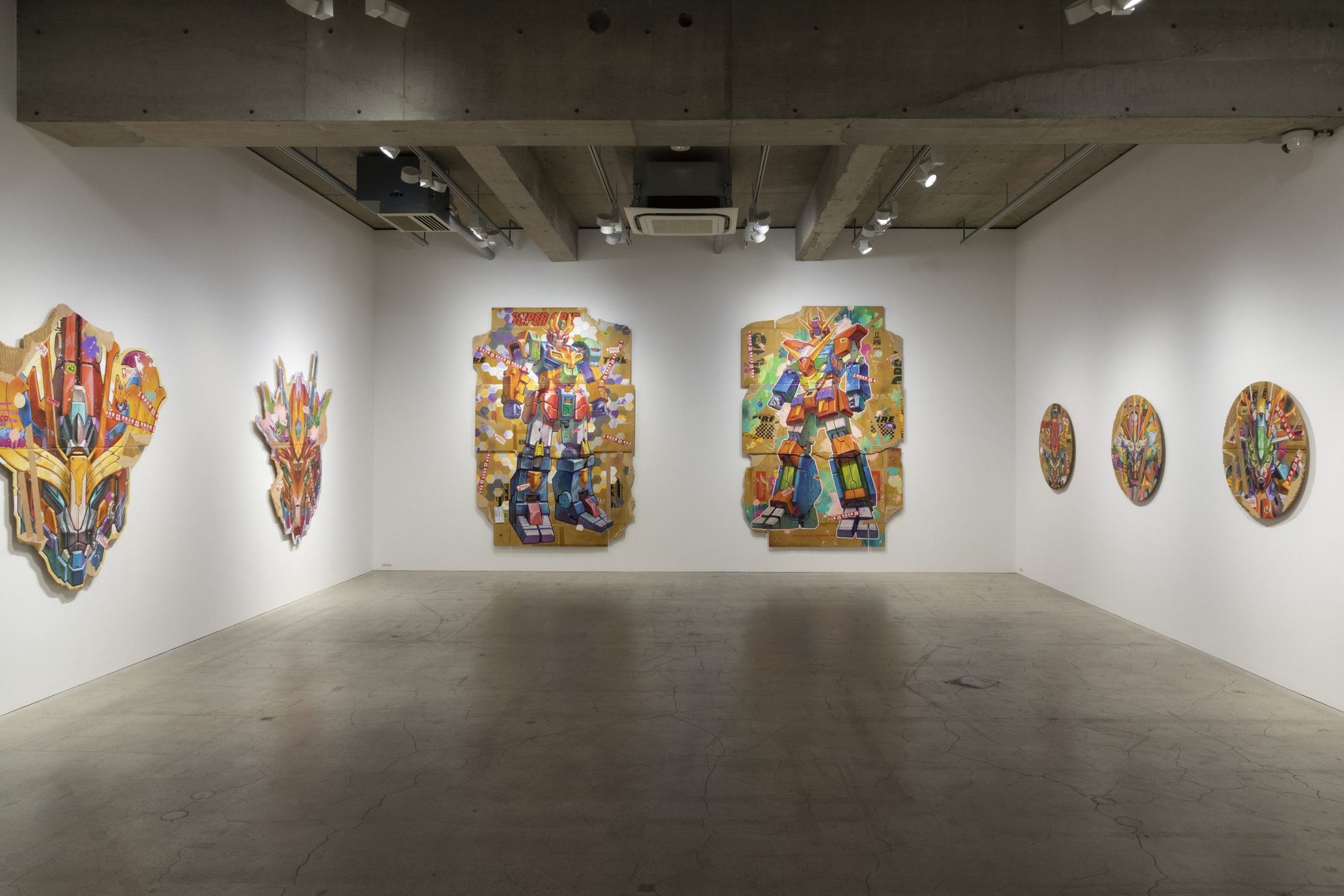
©2022 TENGAone/Kaikai Kiki Co., Ltd. All Rights Reserved.
Courtesy of the artist and Kaikai Kiki Gallery

— I would like to start by asking you about your background. Can you tell us where your name comes from?
TENGAone: At first, I started calling myself TENGA(天画) from the realization that painting is my vocation (Kanji “天” literally refers to “heaven” and “画” means “painting”). That was about 20 years ago. I’ve been working as TENGA ever since, but at some point “that” TENGA showed up and became popular (laughs). As long as I was working in the context of street culture, it was okay, but I wanted to differentiate myself as an artist, so I started using the name TENGA-one about five years ago, as a way of saying, “I was the first to name myself TENGA.”
–When did you start your artistic activities?
TENGAone: I don’t know if I can call it creative activities, but I started drawing graffiti on the street in 1992, when I was 14 years old. Originally, when I was in elementary school, I used to pass by the Yokota Air Base area when I went from my house to visit my grandfather’s house, and there was an unmanned station called Higashi Fussa Station near the Yokota Air Base. The station building at that time was covered with graffiti. And every time I passed by it on the train, I was excited because it was so cool and there was no other place like it. That was my first encounter with graffiti culture. At the time, I didn’t think I would do graffiti myself, but then I started seeing graffiti in movies and fashion magazines, and I decided to try my hand at it as a natural consequence.
–Were you drawing pictures before doing graffiti?
TENGAone: I did not learn to paint, but I always liked to draw. I grew up in a strict household, so if my family caught me painting, they would look at me disapprovingly and tell me to study instead. So I was painting secretly.
I was also not allowed to read manga, so I would pick up discarded manga such as the comics of Dragon Ball and the manga magazine Weekly Shonen Jump and copy them entirely. I would post them on the bulletin board at school, and my friends would be happy to see them. I did that kind of thing when I was in elementary school.
— Did people often tell you that you were good at drawing?
TENGAone: I tried to draw well because I wanted to be praised (laughs). I wanted to be popular, so I drew hard.
— From there, you began drawing graffiti at the age of 14, and you expanded your activities to include creating model figures and presenting your works in the context of contemporary art. Was there any particular impetus for that?
TENGAone: I think it was a combination of many things. Originally, I was wondering if I could somehow make a living from graffiti. I wasn’t thinking about whether it could be done as an art form or not. But there was an occasion when I started to think that I could maybe do what I had been doing in the context of art. About 10 years ago, I went to Aomori on a graffiti trip with friends and we went to see Ron Mueck’s exhibition Standing Woman at the Towada Museum of Contemporary Art. But when I got there, I found more interesting pieces of contemporary art than the ones from that exhibition. I was shocked to learn that there was a kind of art that was “so easy to understand and so pleasing to people”. Even before that, I had been to Art Fair Tokyo, but it didn’t stimulate me much, and I wasn’t attracted to contemporary art that much. But when I went to the Towada Museum of Contemporary Art, the way I look at contemporary art changed, and I began to think, “I wanted to work in this field.”
Purposely lowering expectations toward the works
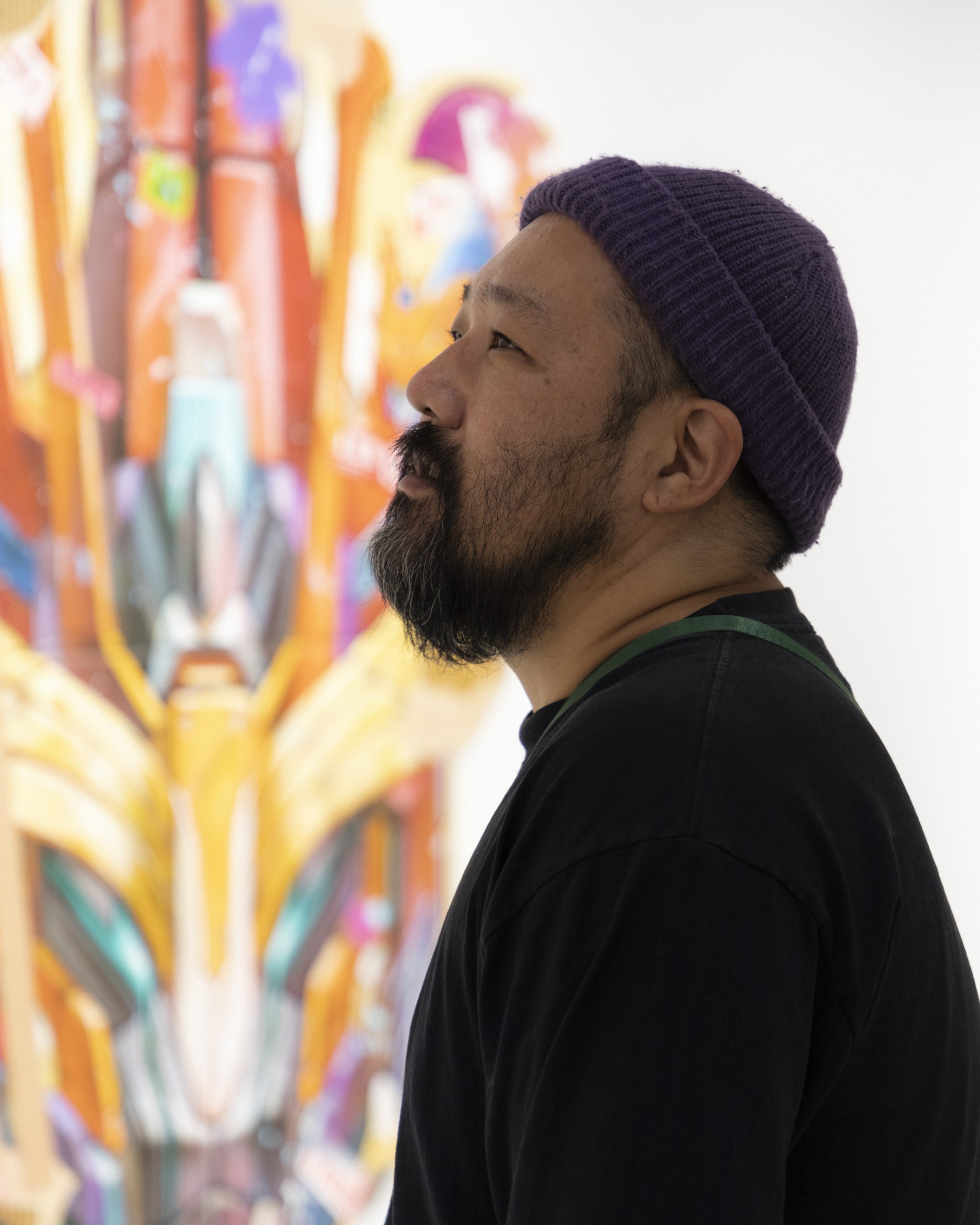
–When did you start to develop your cardboard-like pieces that you are currently working on?
TENGAone: Five or six years ago. Cardboard has been a traumatic experience for me since I was a child. My father worked in the meat industry, so when he would bring home processed in cardboard boxes that were stained with oil and tattered. I hated my father, so I hated the dirty cardboard boxes he brought home. There were piles of them at home. So, in a way, I hated cardboard boxes.
–Why did you use cardboard boxes, which you hated so much, as a motif?
TENGAone: For me personally, it was something that I hated, yet I couldn’t avoid, or at least I had no choice but to look at. So I decided to use it as a motif. Also, I thought it would be a good idea because cardboard boxes can be found anywhere in the world, and they are familiar to everyone.
–You purposely use MDF woodboard (abbreviation of “Medium Density Fibreboard,” a board made of powdery wood fibres combined with wax and resin binder) to replicate cardboard. Did you ever consider just using cardboard itself?
TENGAone:I am good at not only carving, but also creating or drawing something that looks almost identical tosomething else, so I could rely on that ability. Besides, drawing illustrations on cardboard is too ordinary for surprise.
In terms of my works, people would think, at first sight, that illustration is drawn on cardboard. However, when I tell people that they are actually not made of cardboard, but of MDF wooden boards, the way the work looks completely changes. This kind of thing also happens with graffiti. People are not really care about the graffiti on the street they pass by everyday, but if I tell them that I drew that graffiti, the usual landscape looks in a different way. I wanted to do something similar with art.
–Your illustrations on the boards resemble robot anime from the 1980s and 1990s. Were these influences from your childhood experience?
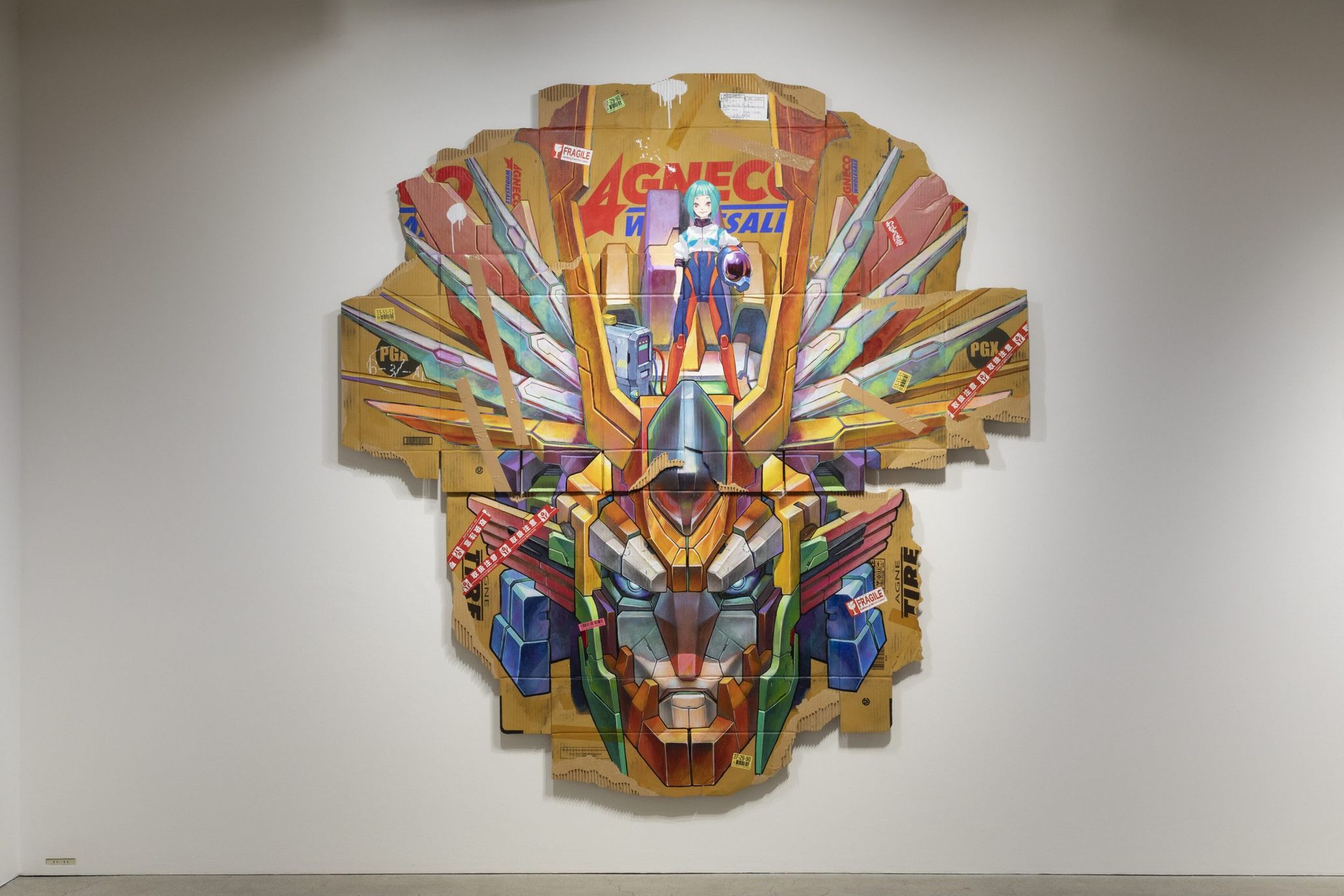
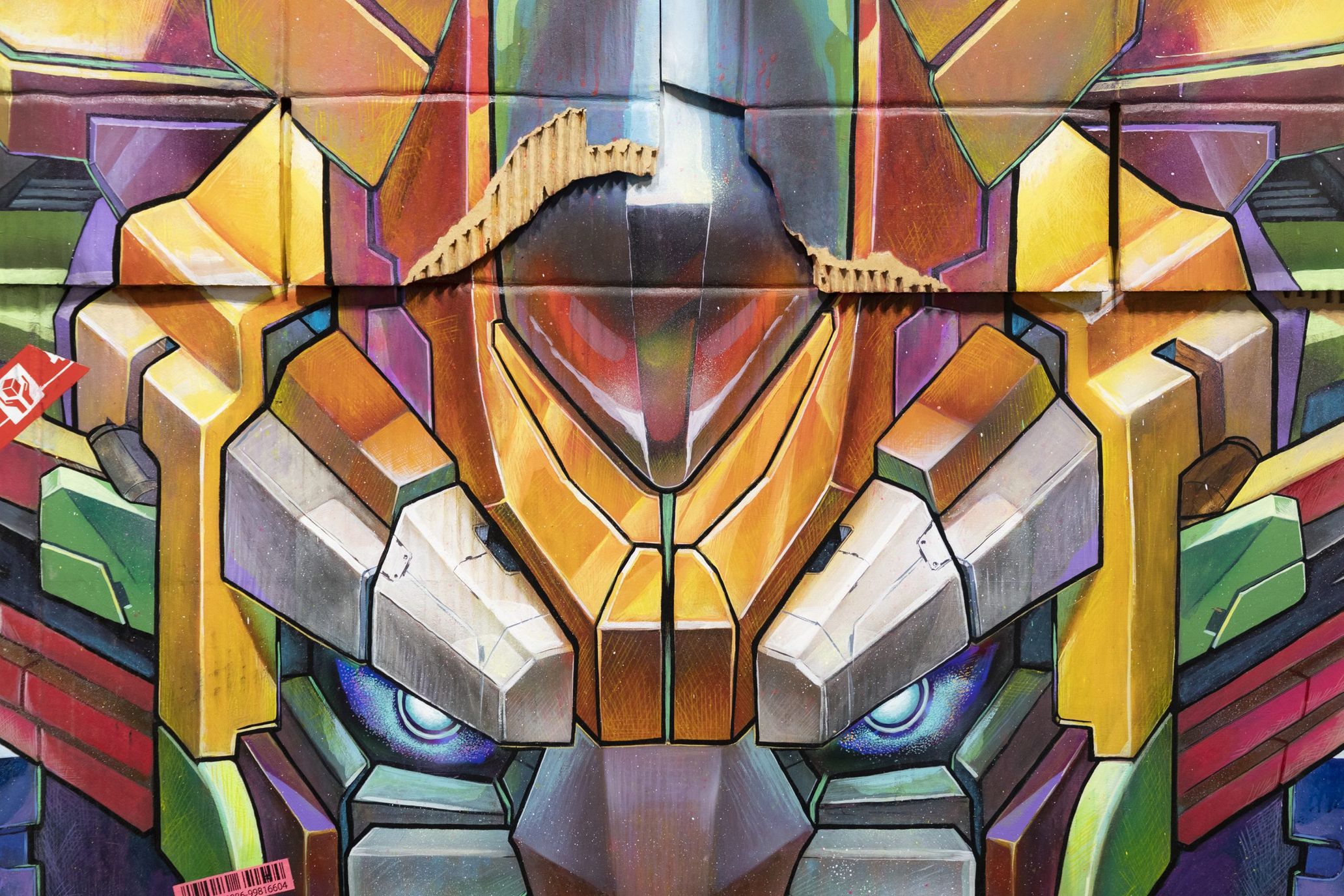
©2022 TENGAone/Kaikai Kiki Co., Ltd. All Rights Reserved.
Courtesy of the artist and Kaikai Kiki Gallery
TENGAone:I wasn’t allowed to watch much anime as a child, so it wasn’t until I became an adult that I watched robot anime. However, I originally didn’t think that what was drawn on cardboard was that important from the beginning. I didn’t need my personality to stand out from there; rather, I wanted to draw characters that everyone knew and was familiar with. If I do that, the works would look like just “famous characters drawn on cardboard,” and people would not be interested in it. But in reality, the characters are drawn on something that is not cardboard. I wanted to create that kind of impact. So the bigger the gap between what it looks like and what it actually is, the better.
With that in mind, one of the most typical examples of Japanese animation is robot anime. Even if one robot anime ends, a new series begins right after that, which I feel is very ambitious, and revered around the world. I respect that, and I draw my illustrations to reimagine that. I change the design each time and try not to use the same imagery over and over again.
–Do you feel that imitation or some kind of fake is the underlying theme of your work?
TENGAone: No, the most important thing for me is to change the view of the world, and imitating something is just a means to that end. It is just an approach to make it easier for the viewers to set foot in.
I want to go beyond the assumption of “there’s no way you’re doing it”
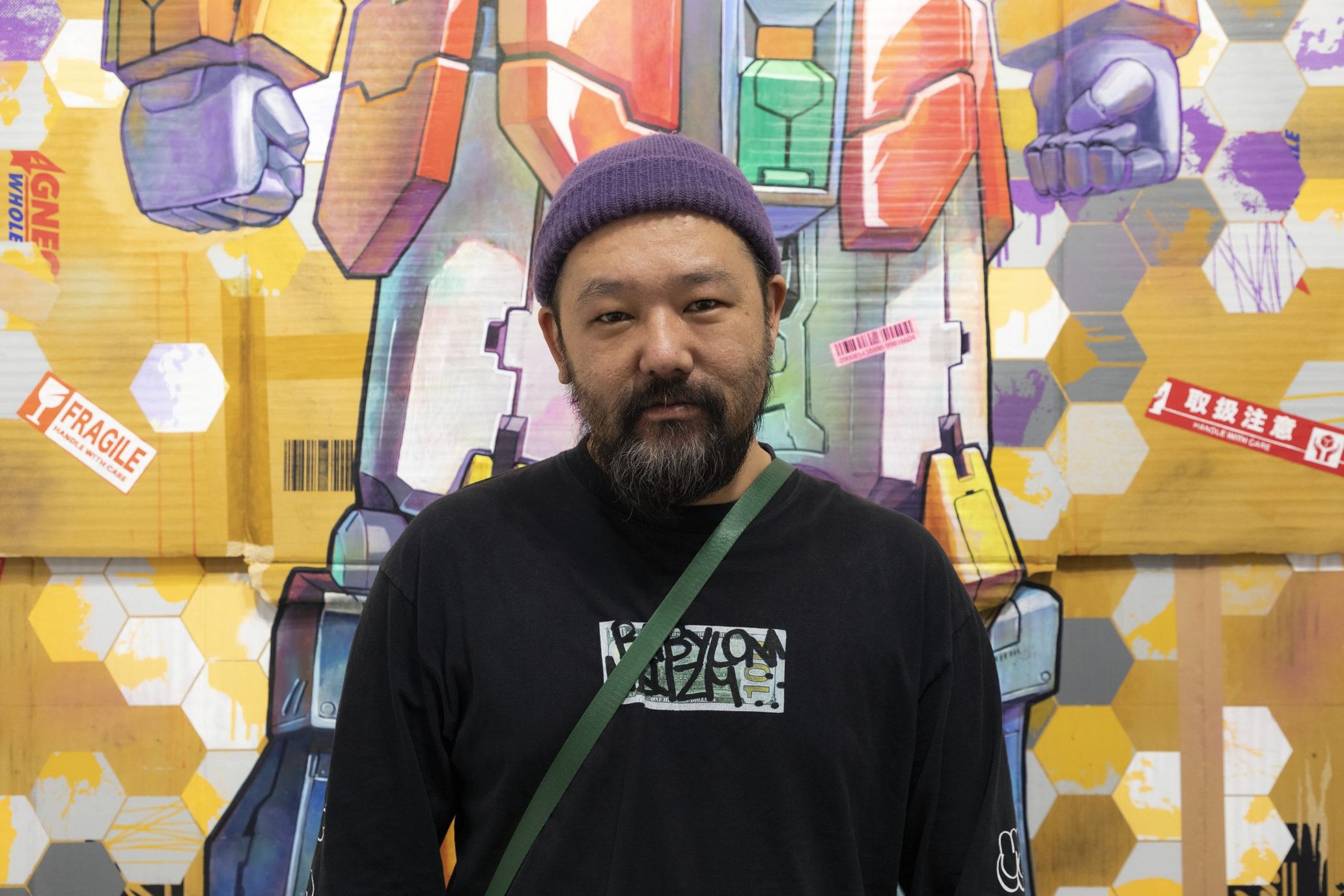
–It is a solo exhibition in four years this time, When did you start preparing ?
TENGAone:I started preparing specifically for this exhibition in January of this year. I had been working on it little by little until then, but most of the works were made this year. I wanted to put a lot of energy into it this time. Takashi Murakami told me to “do all I can”. I’m the kind of person who has to be serious about everything. Although I didn’t know if I would make it in time, I decided to do it anyway. Almost all of the works in the exhibition are newly created works.
–Looking at the exhibited works, it seems that the production process was quite hard.
TENGAone: It was quite hard (laughs). I would like to pat myself on the back for being able to exhibit that amount of works. As you can see, I carved out all of them.
–I saw the video titled POST FAKE you uploaded earlier, and it looked like a continuous process of delicate carving.
TENGAone: Since the beginning of this year, I have been working almost 12 hours a day. I spent most of the time in my studio everyday, and only about 2 hours at home.
–What made you choose the title “More Than Meets the Eye” for this exhibition?
TENGAone: In Japanese, it means “there is something deeper/more hidden than what we can see,” but I was originally looking for a word to express what I do in English. So I discussed it with the staff of Kaikai Kiki and came up with this title.
–Was there anything new you have tried?
TENGAone: The materials I use have been upgraded, but the work itself has not changed much.
— Do you draw a rough sketch at the beginning of the production process?
TENGAone:Yes. I use Photoshop to create something close to the finished work. I use it as a starting point, and develop it in the process.
— It is difficult to fathom the size of your works (i.e. on Instagram), but in reality they’re quite big. Are you particular about the size?
TENGAone: I wanted to make something that would exceed people’s expectations, something that would make them think, “There’s no way you did it.” With that size, people would not believe me if I said, “I carved all this by hand.” I wanted to make a piece that was unexpected. Ordinary people wouldn’t make something that big, would they?
For me, I want to do something that goes against the flow of this smartphone era. I wanted to continue to do something analog, even more so because the times are getting smarter and smarter. I want to value elements such as the largeness and rough texture that come from hand-carving and hand-painting. I want people to feel some kind of futile struggle of human beings, which cannot be expressed digitally.
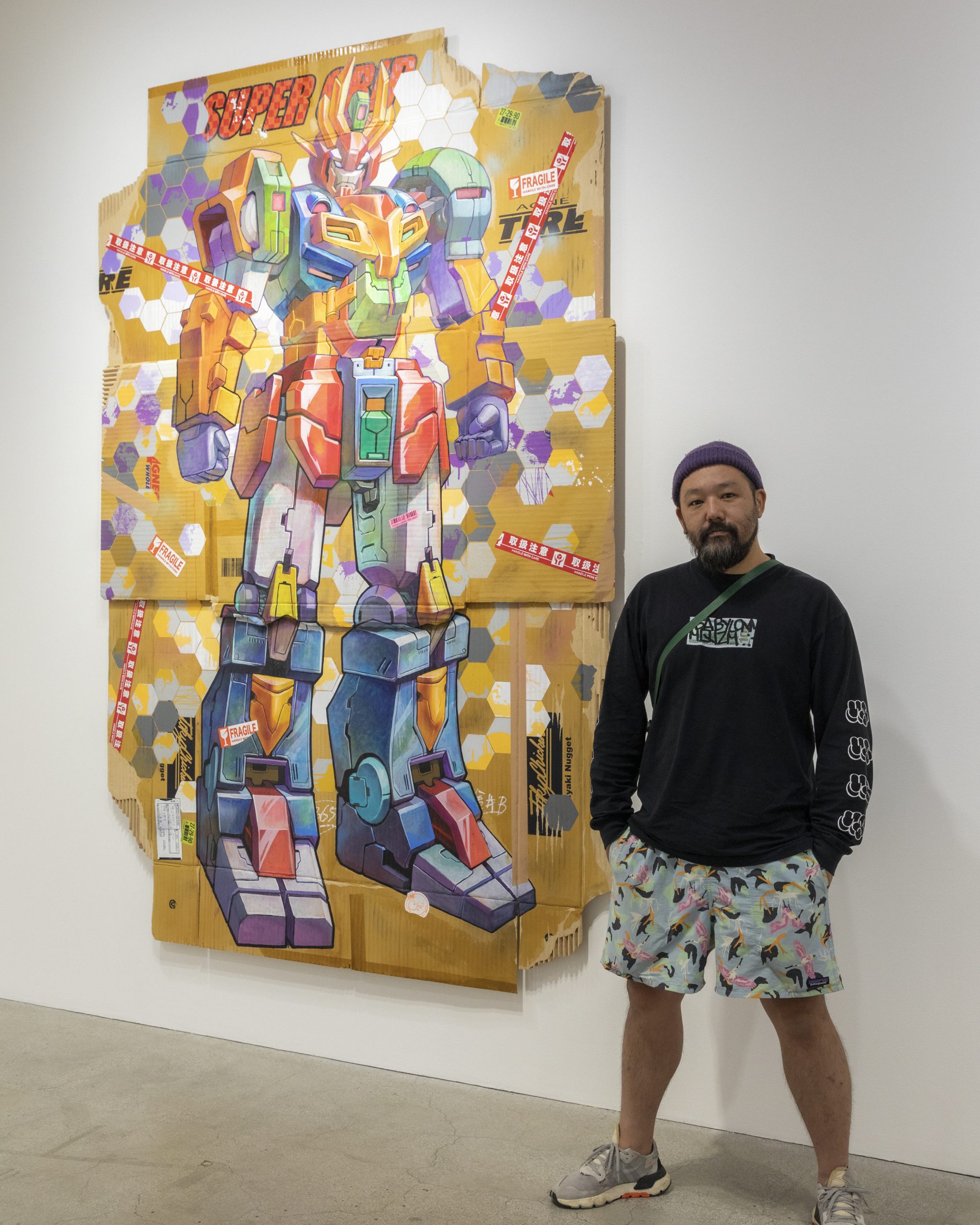
— If you look closely at the work, you can see the reproductions of elements found on real cardboards such as oil stains, the torn parts, the fictitious of a manufacturer, and the invoices. You were very particular about the details and thought about the setting associated with them.
TENGAone: I meticulously forge to amuse the people who see them. If you look closely, you will see that there are many hidden meanings and detailed settings. I would like people to stand in front of the works and directly see my works to find out more.
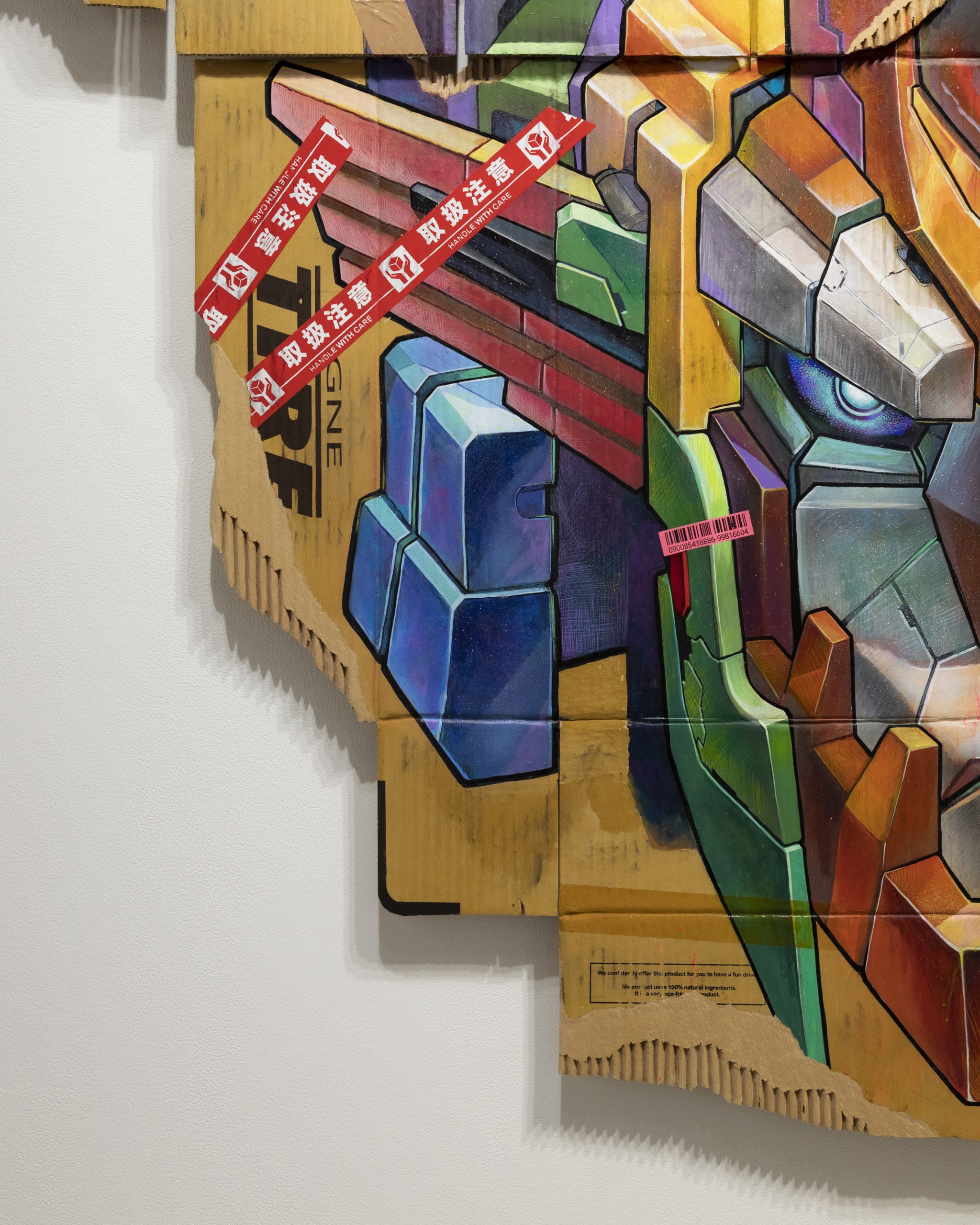
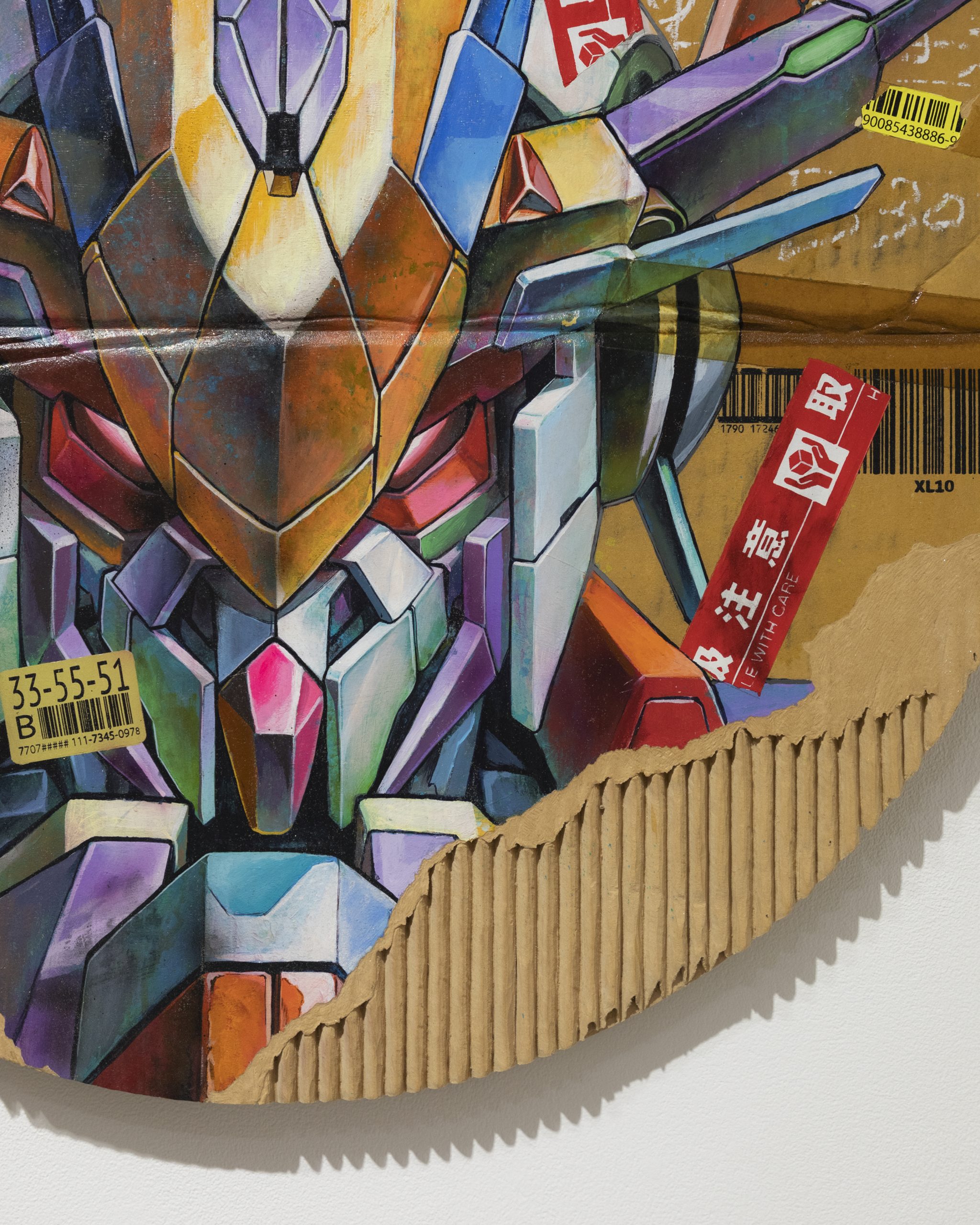
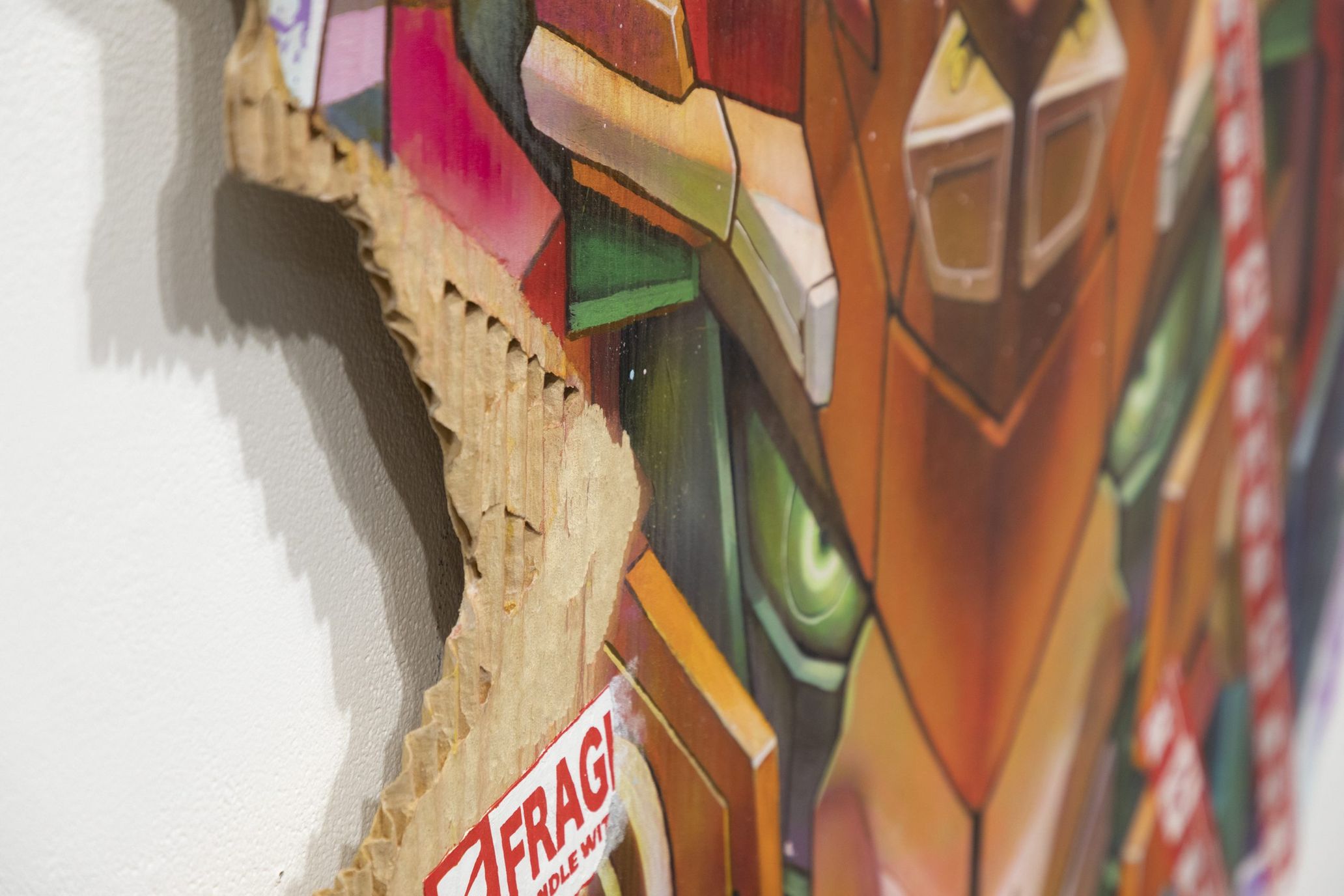
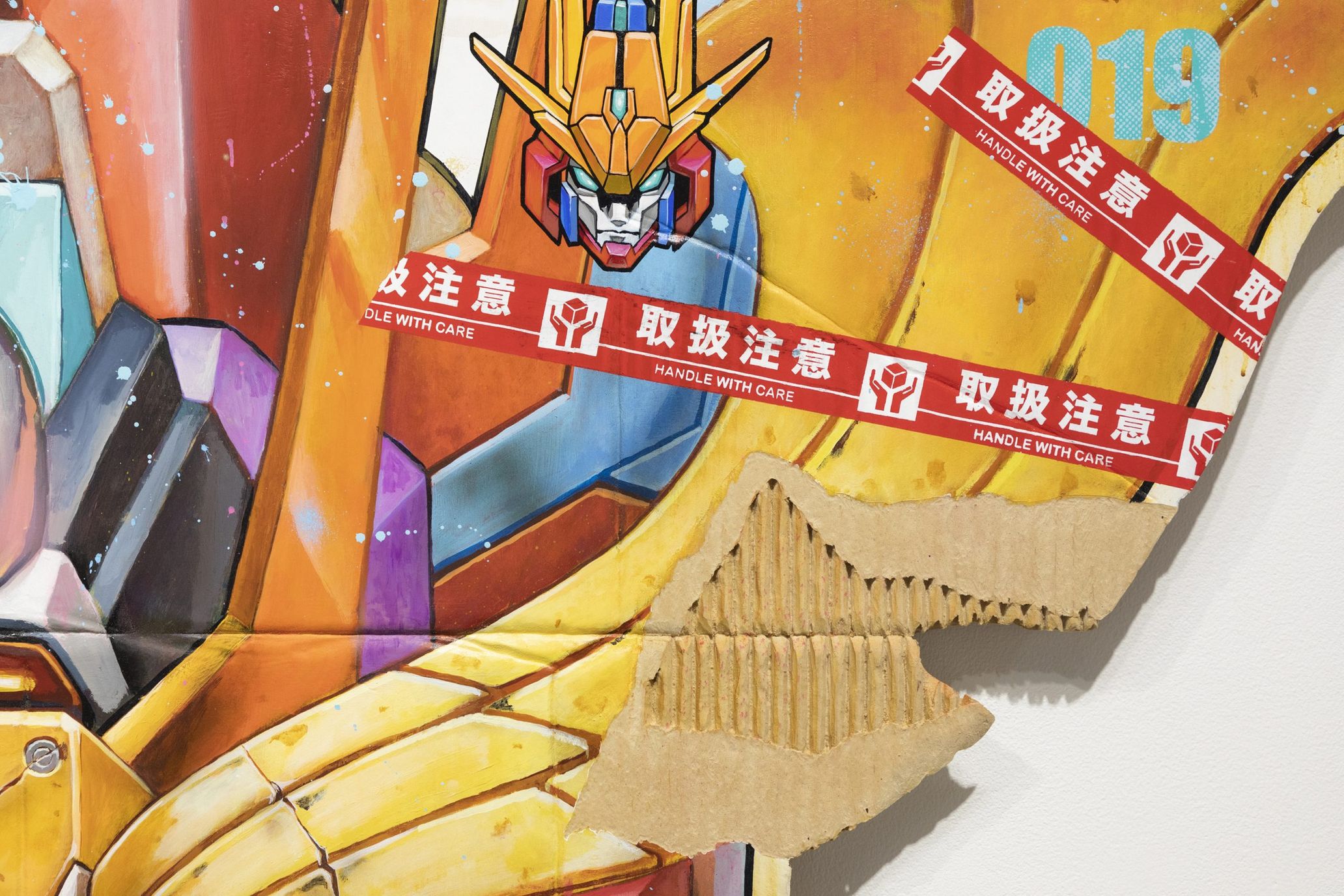
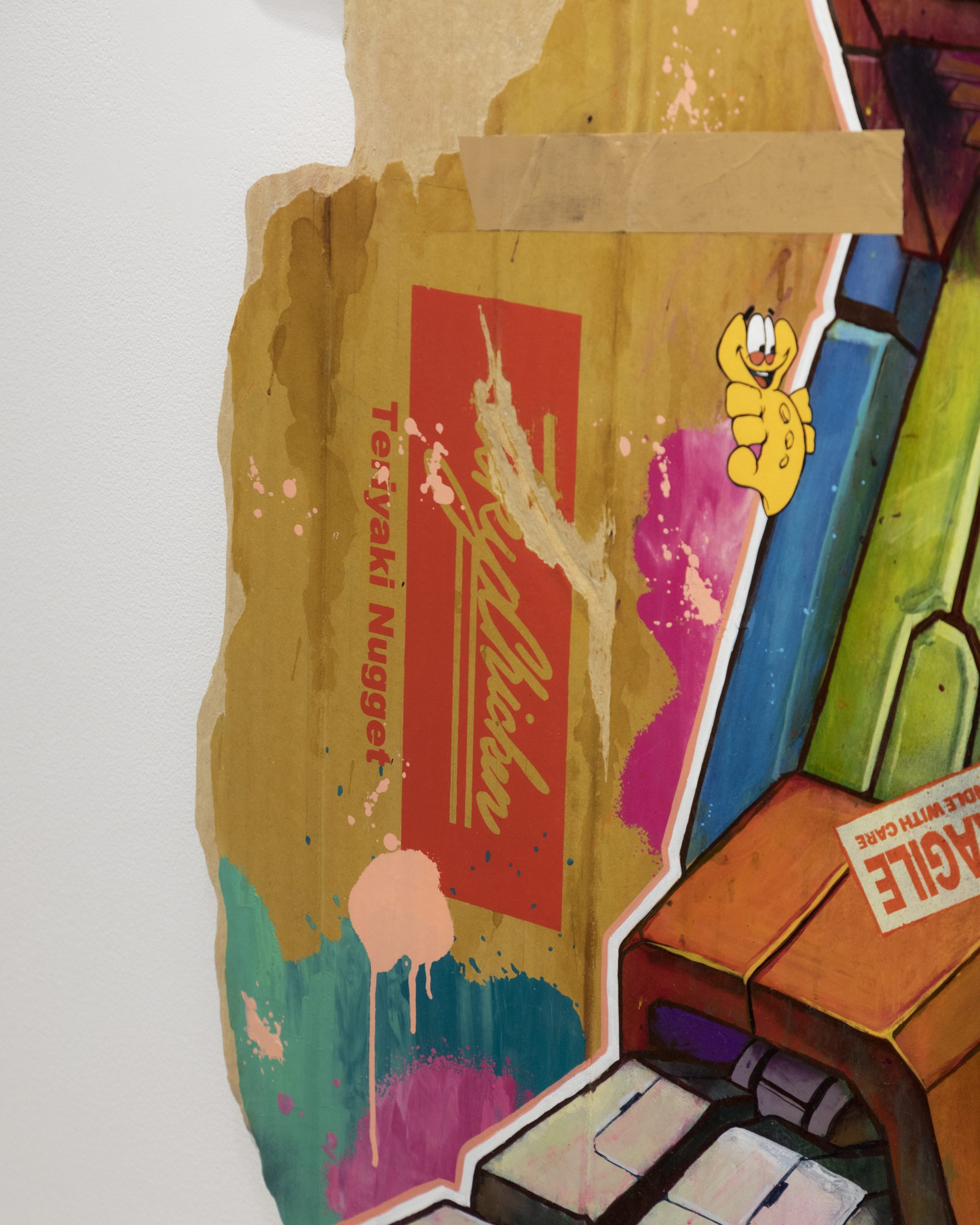
©2022 TENGAone/Kaikai Kiki Co., Ltd. All Rights Reserved.
Courtesy of the artist and Kaikai Kiki Gallery
— You also make model figures. Can you talk a little bit about it?
TENGAone:As for figures, I just like creepy things, so I wanted to create something creepy (laughs). Even Murakami says to me, “that’s creepy,” and I enjoy that. I have loved horror movies since I was a child, and since elementary school I would go with my family to watch horror movies that would scare even adults. I was always watching them, thinking, “how could people have created these zombies?” So I wanted to be a makeup artist for that kind of special effect makeup when I was in elementary school.
–Are there any horror movies that shocked you?
TENGAone: When I was in the second grade of elementary school, I saw a movie called Demons at the Koma Theater in Shinjuku. The woman’s face in the movie was so scary that it was a huge shock to me. I still remember it vividly.
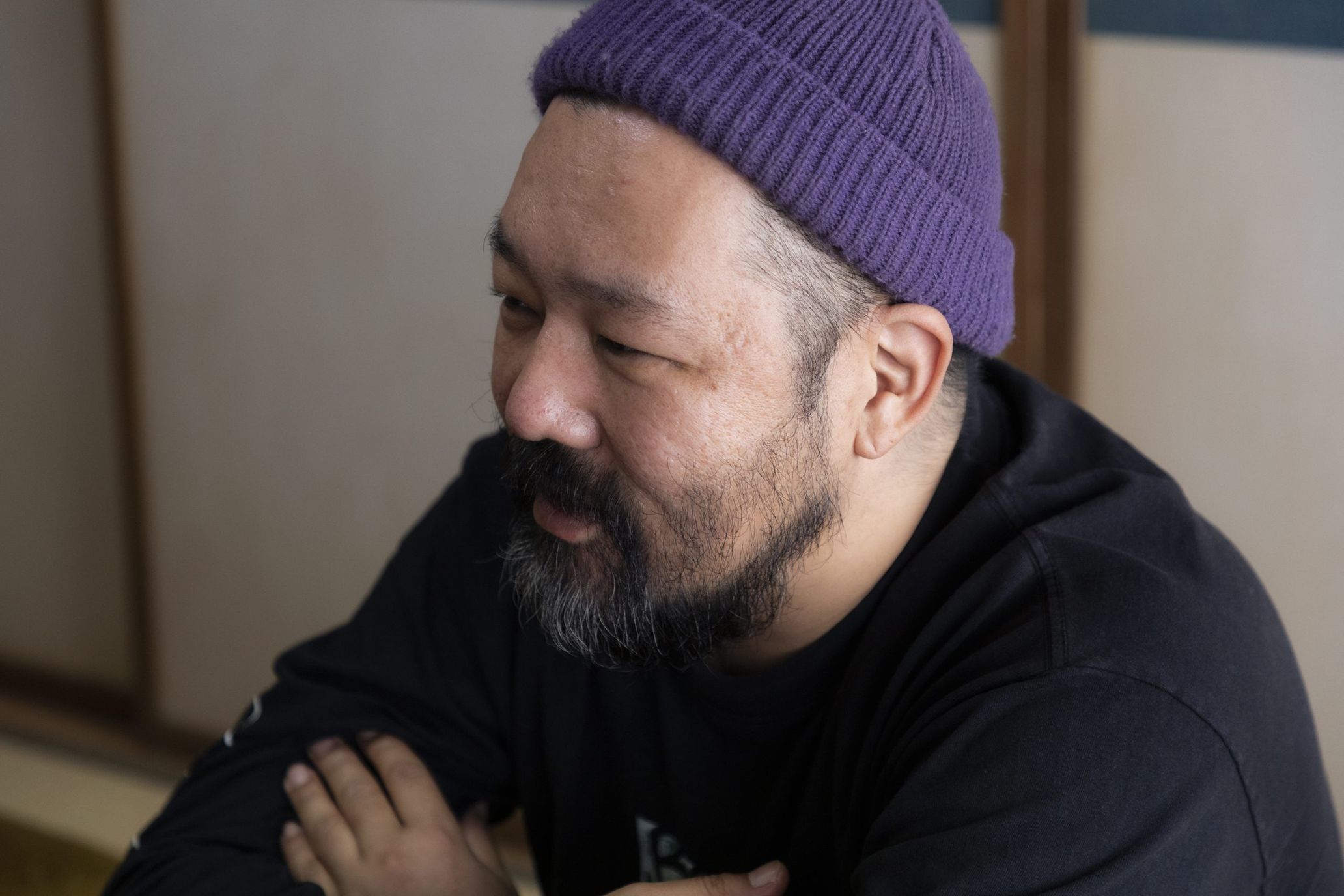
— To change the subject a little, people are saying that we are in the midst of “art bubble.” Do you ever feel it?
TENGAone: I guess so, since I am able to make a living from art. But I think the art bubble will burst someday. I want to have the ability to make a living even when it bursts. Rather than capitalizing the bubble, I want to think about how to survive. In order for that, I do think I need to be prepared for it.
–Lastly, this might be a fairly ordinary question, but what are some of the highlights of this exhibition?
TENGAone: I guess the quantity and size of the works. I want people to see everything to be seen. They are two dimensional, but also three dimensional. I want people to experience the work, including the atmosphere around them.
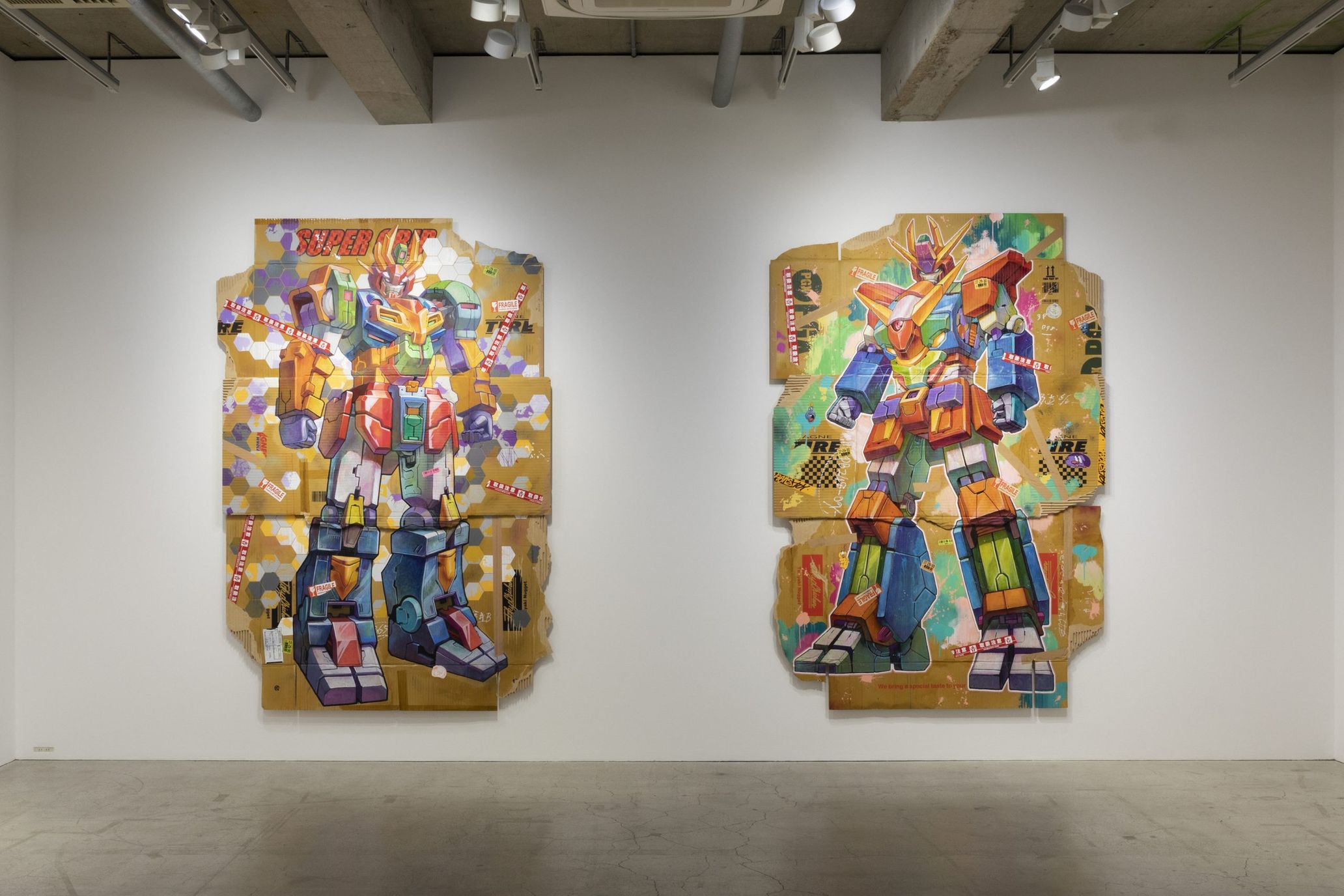
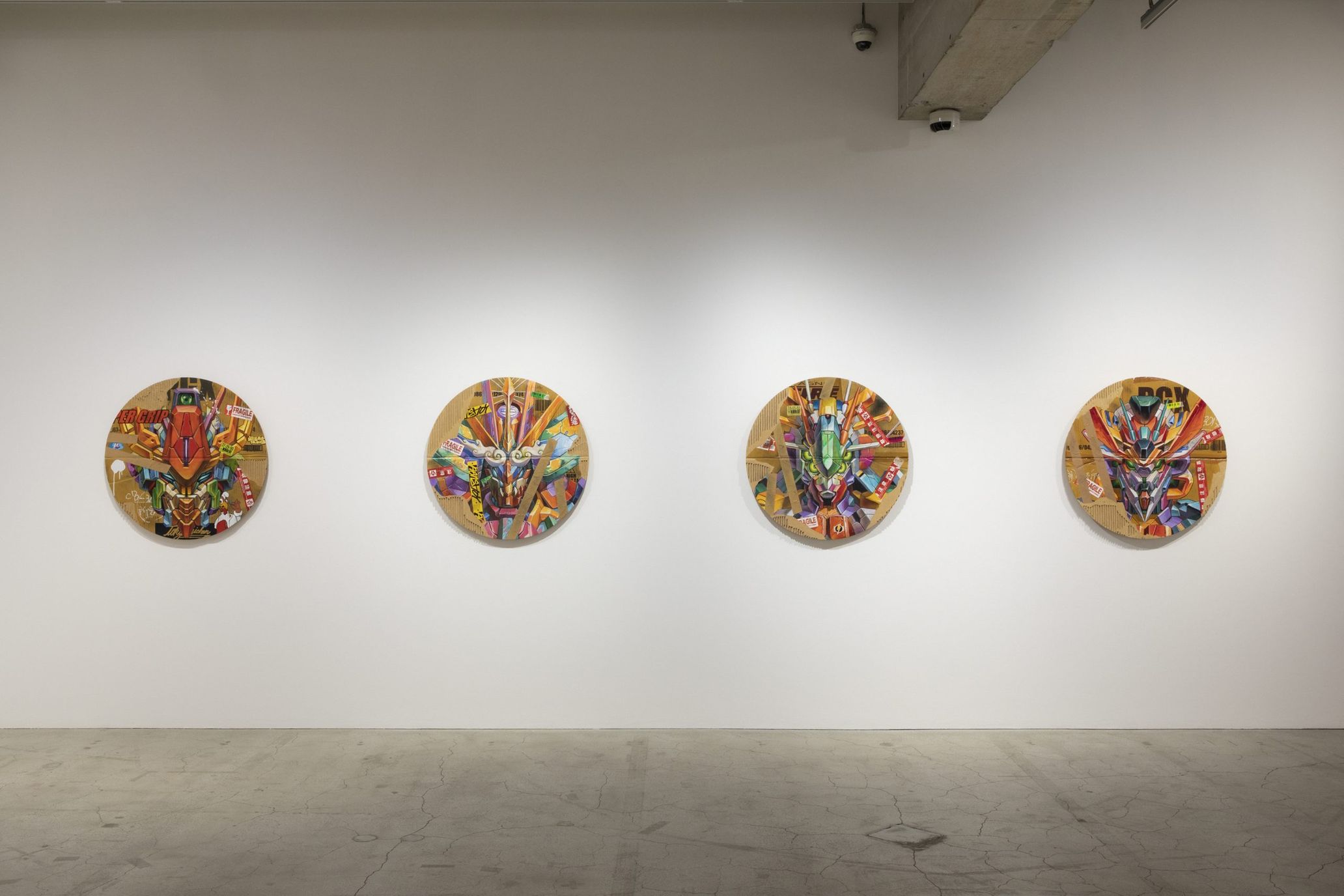
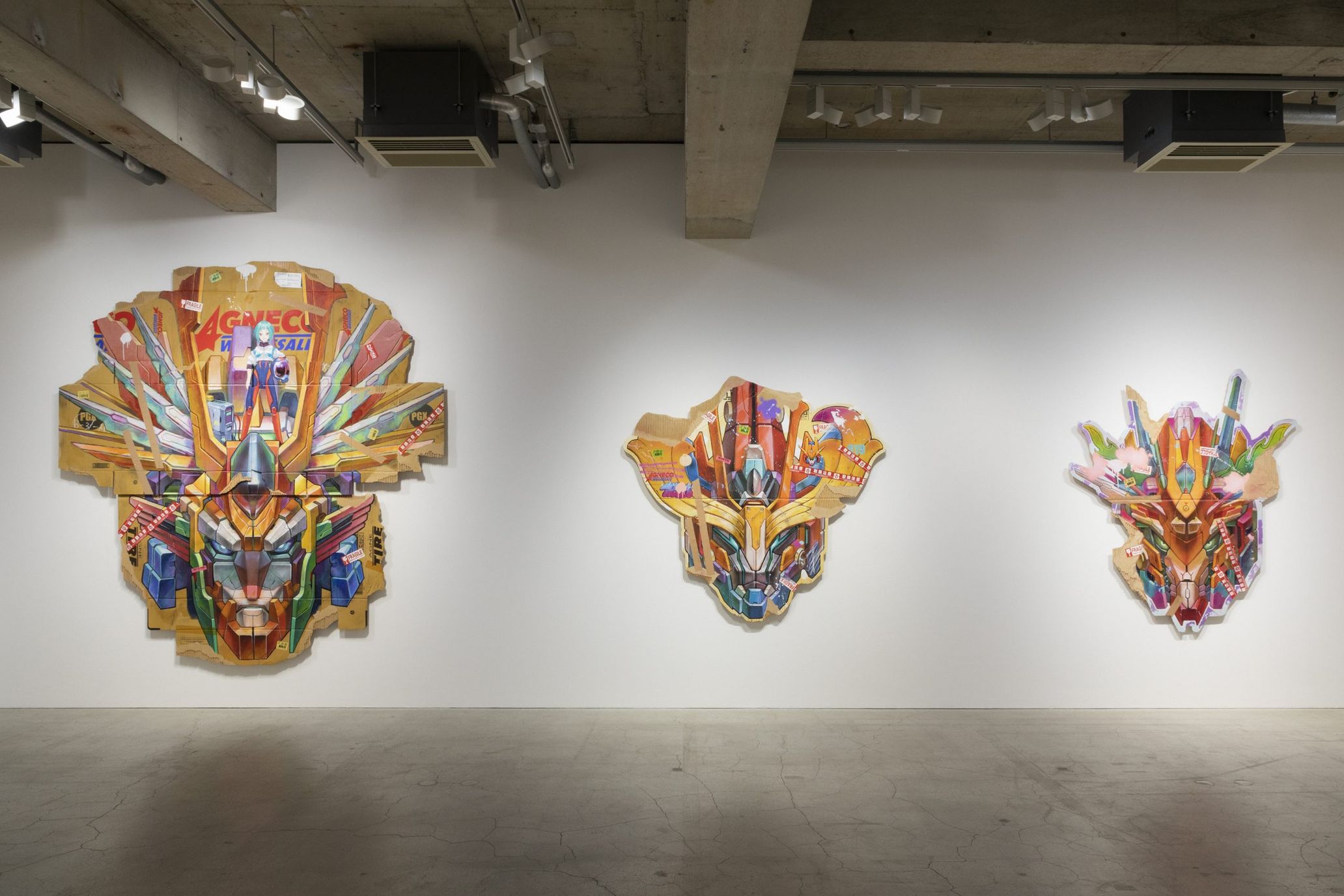

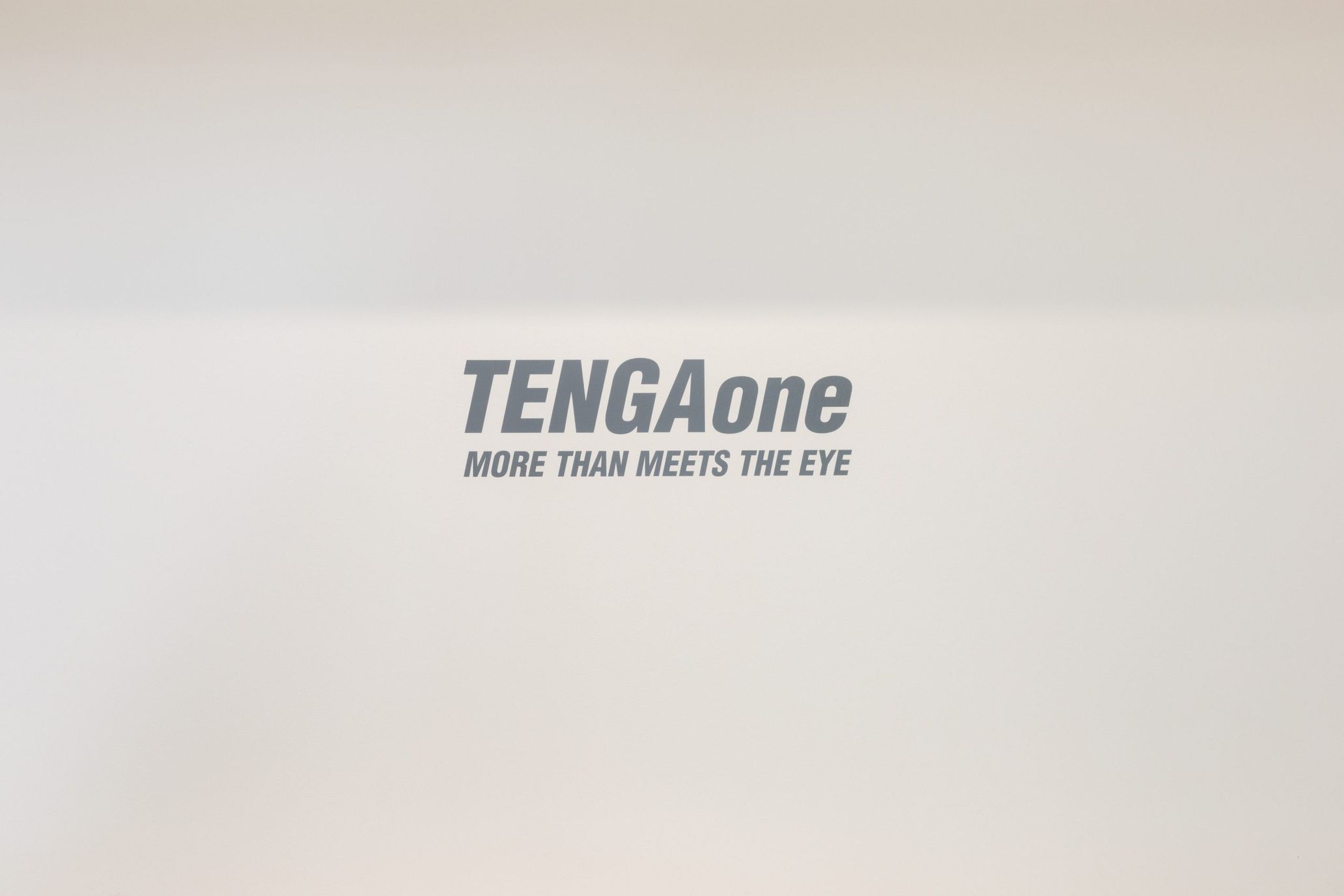
©2022 TENGAone/Kaikai Kiki Co., Ltd. All Rights Reserved.
Courtesy of the artist and Kaikai Kiki Gallery
■TENGAone solo exhibition MORE THAN MEETS THE EYE
Dates: September 30 – October 22, 2022
Venue: Kaikai Kiki Gallery
Address: B1F Motoazabu Crest Building, 2-3-30 Motoazabu, Minato-ku, Tokyo
Hours: 11:00-19:00
Closed: Sunday, Monday, National holiday
Admission: Free
https://gallery-kaikaikiki.com
Translation Shinichiro Sato
Photography Kohei Omachi
